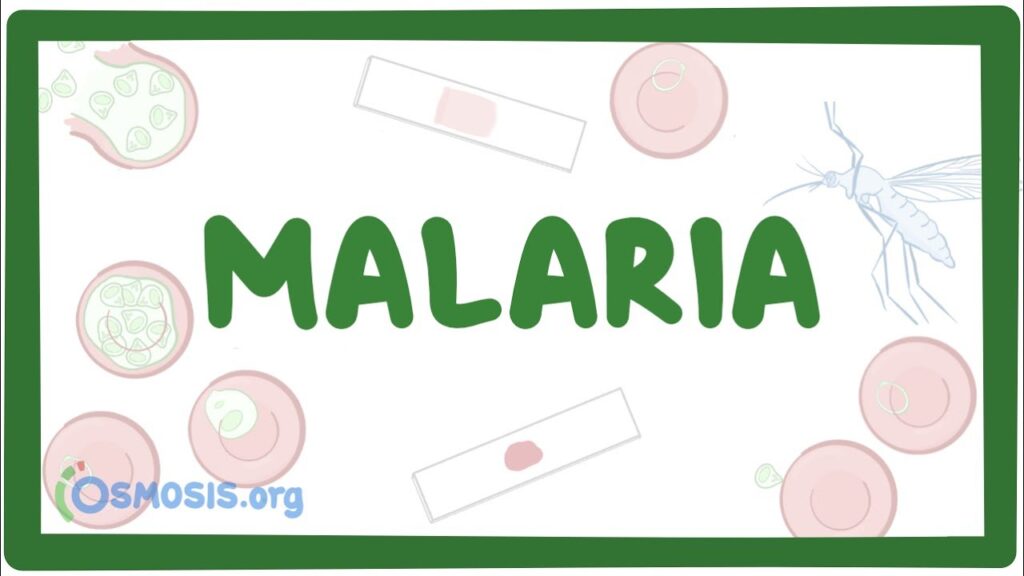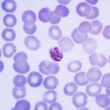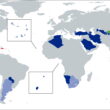Malaria Transmission Cycle
Revealing the Mosquito Culprits and Their Dance: The Transmission of Malaria
The intricate relationship between people, Plasmodium parasites, and Anopheles mosquitoes is what allows malaria, a parasitic disease spread by mosquitoes, to flourish. It is essential to comprehend the interactions between these components in order to successfully stop the spread of malaria. The biology of Anopheles mosquitoes, their function as malaria vectors, and the mechanisms of transmission that underpin this enduring public health issue are all covered in this blog.
Table of Contents

The Anopheles Offenders: Revealing the Vectors of Malaria
Malaria Transmission Cycle
Only female Anopheles mosquitoes are necessary for the spread of malaria. There are more than 200 species of Anopheles, but only a small number of them are effective Plasmodium parasite vectors. The geographic overlap between the frequency of malaria and these vector species is caused by their primary distribution in tropical and subtropical climates.
- Mosquito Biology: Female Anopheles mosquitoes need a blood meal in order to lay eggs, in contrast to male mosquitoes. They are perfect vectors for spreading Plasmodium parasites from sick persons to healthy individuals because of their blood-feeding propensity.
- Specialized characteristics: Female Anopheles mosquitoes have unique characteristics that help spread malaria. They have long mouthparts that can pierce human skin, and their saliva contains unique proteins that assist keep blood from clotting while they eat.
The Function of the Vector: A Malaria Matchmaker
Malaria Transmission Cycle
A female Anopheles mosquito ingests Plasmodium parasites found in the blood of a person afflicted with malaria. The parasites go through a difficult growing process inside the mosquito, eventually developing into sporozoites, the infectious form of the parasite.
- Development of Sporozoites: Within the mosquito, sporozoites require 10–14 days to develop. Since the mosquito needs to live for the sporozoite to mature, this time is crucial for effective transmission.
- Transfer to Humans: The sporozoites move to the salivary glands of the mosquito once they are fully grown. A fresh malaria infection cycle begins within the human host when an infected mosquito bites a healthy person, injecting sporozoites into the bloodstream.
The Transmission Dynamics: A Difficult Dance
Malaria Transmission Cycle
A complex web of relationships influences the spread of malaria due to a number of factors:
- Mosquito Abundance: The risk of transmission is greatly influenced by the density and distribution of Anopheles mosquitoes. The quantity of mosquitoes is greatly influenced by variables such as climate, nesting grounds, and vector control initiatives.
- Human Behavior: How people behave can affect how much time they spend with infected mosquitoes. The risk of transmission is increased by practices such as sleeping outside during the hours when mosquitoes are most active and not using bed nets properly.
- Biology of Parasites: Mosquitoes can spread some Plasmodium species more easily than others, such as Plasmodium falciparum. Additionally, transmission dynamics are influenced by the frequency of parasites in the human population.
Breaking the Cycle of Transmission: Hope-Inspiring Techniques
Malaria Transmission Cycle
In order to combat malaria, the transmission cycle must be broken at several points:
- Mosquito Control: Techniques such as larviciding, indoor residual spraying, and bed nets treated with insecticides can drastically lower mosquito populations and their capacity to spread malaria.
- Case management: By lowering the number of parasites within the human host, early detection and efficient treatment of malaria patients stop the disease from spreading.
- Vaccine Development: The development of a vaccine against malaria would be a major step in preventing human infection and stopping the disease’s spread at its source, even though one is not currently on the market.
In conclusion, cooperating to stop the dance
Malaria Transmission Cycle
A complicated interaction between parasites, humans, and mosquitoes is necessary for the spread of malaria. Creating efficient control strategies requires an understanding of this dynamic relationship. We can work toward a future free from the burden of malaria by putting into practice integrated approaches that prioritize case management, mosquito control, and vaccine research.


